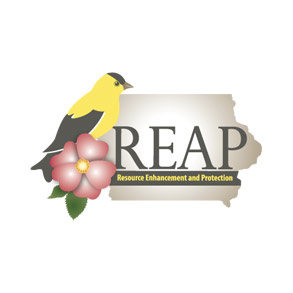Crescent-Shaped Shadows During an Eclipse
The shadows shown in the images were taken during a solar eclipse on August 21, 2017 in Polk City, Iowa. As a solar eclipse approaches totality, only a relatively small amount of light reaches Earth, and it will be in the shape of the eclipse itself. The solar eclipse itself is a rare event that occurs only when the sun, Earth, and Earth’s moon are lined up perfectly, with the moon blocking the sun and casting its shadow onto Earth’s surface. The moon is not orbiting our planet on the same plane as the Earth orbits the sun, therefore, only when the moon’s orbit rotates past this orbital plane do we observe solar eclipses. These happen about 2-4 times per year somewhere on Earth, and will only last several minutes for those in the path of the phenomenon.
Driving Question
- How do solar eclipses occur on Earth?
Probing Questions
- What do you notice about the shape of the shadows produced during an eclipse compared to a normal day?
- Why do you think people have been so interested in eclipses throughout history?
Classroom Suggestions
Students could:
- Interact with a three-body model: a globe of the Earth, a light source representing the sun, and a ball on a string/stick representing the moon moving between the Earth and sun.
- Interact with one of many online solar eclipse simulations, where they can see what the sky would look at specific locations and times in the future/past. (e.g. Eclipse Maps or Eclipse Simulation)
Resources
- EarthSpaceLab | Solar and Lunar Eclipses: Simulation: shows how a solar eclipse would appear in different parts of the Earth given different conditions (inputs).
- TED Talk | What Creates a Total Solar Eclipse?: Animated video explaining how solar eclipses occur, specifically referencing the solar eclipse in the photos attached.
Iowa Core Alignment
MS-ESS1-1:Develop and use a model of the Earth-sun-moon system to describe the cyclic patterns of lunar phases, eclipses of the sun and moon, and seasons.
Credit Info
Submitted by Phillip Seiwert.
Funding for Iowa Science Phenomena provided by:




